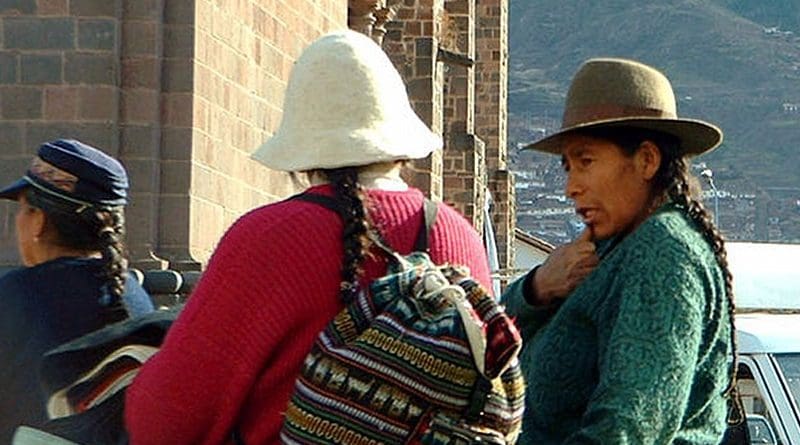WEF And Inter-American Development Bank Strengthen Efforts To Accelerate Gender Parity In Latin America
A fourth Gender Parity Task Force has been launched in Latin America to increase the number of women entering and progressing through the labour market. Following earlier announcements by Argentina, Chile and Panama, Peru is the latest country in the region to adopt the public-private collaboration model on economic gender parity developed by the World Economic Forum and applied in Latin America in partnership with the Inter-American Development Bank (IDB).
“Gender parity is important not only as a matter of equity. It can also yield a huge growth dividend,” said Luis Alberto Moreno, President, Inter-American Development Bank, Washington DC. “If our region achieved parity in labour force participation, our GDP could increase by 16%. We’re pleased to partner with the government of Peru and the Forum to knock down the barriers keeping women from the labour market and from developing their full potential.”
With an average remaining gender gap of 29.8%, Latin America scores in the middle of the range of the Global Gap Index, behind Eastern Europe and Central Asia. Women throughout Latin America are less likely to enter the workforce and much less likely to be paid commensurately or to reach senior management roles.
Peru currently ranks 98 out of 144 countries in the Global Gender Gap Report on economic participation and opportunity. Recent advances in female education make the country ideally placed to maximize women’s economic potential. It is this potential that Peru is committed to help maximize through country-level collaboration.
“It is not just a task for us women,” said Mercedes Aráoz, Prime Minister of Peru. “Working towards equality means working in equality, with active and equal participation of men and women to achieve a more just and beneficial situation for all.”
Claudio Muñoz, Co-Chair of Chile’s Gender Parity Task Force and Chairman, Telefónica Chile, echoed this sentiment. “We are in a world that is ever more open and connected, and we have to be capable of understanding these issues in order to be creatively competitive on a global stage. It’s a challenge for all, for both the private and the public sphere, and we must take responsibility in order to advance. Fostering diversity, talent and millennials, and fomenting the participation of women in the workforce are fundamental pieces of our strategy and, without doubt, are practices that should spread throughout the country.”
“Gender equality is both a moral and economic imperative,” said Saadia Zahidi, Head of Social and Economic Agendas, Member of Executive Committee, World Economic Forum. If the pace of change that has happened over the last 12 years continues to hold true in the future, it will take us another 100 years to close the global gender gap. We cannot wait this long. The future prosperity of the world – not just half of it – depends on how effectively we accelerate the pace of gender parity.”
The model for public-private cooperation was developed over three years by Forum-led gender parity task forces in Japan, Mexico, the Republic of Korea and Turkey. In each of the four pilots, partnerships were established with the aim of reducing the gender gap in each country by 10% in three years, relative to its starting point. This was achieved by encouraging business and policy-makers to take action, as well as fostering public-private dialogue and collaboration. The model aims to address gender gaps and reshape gender parity for the future, with a focus on closing gaps in participation, remuneration and leadership.

